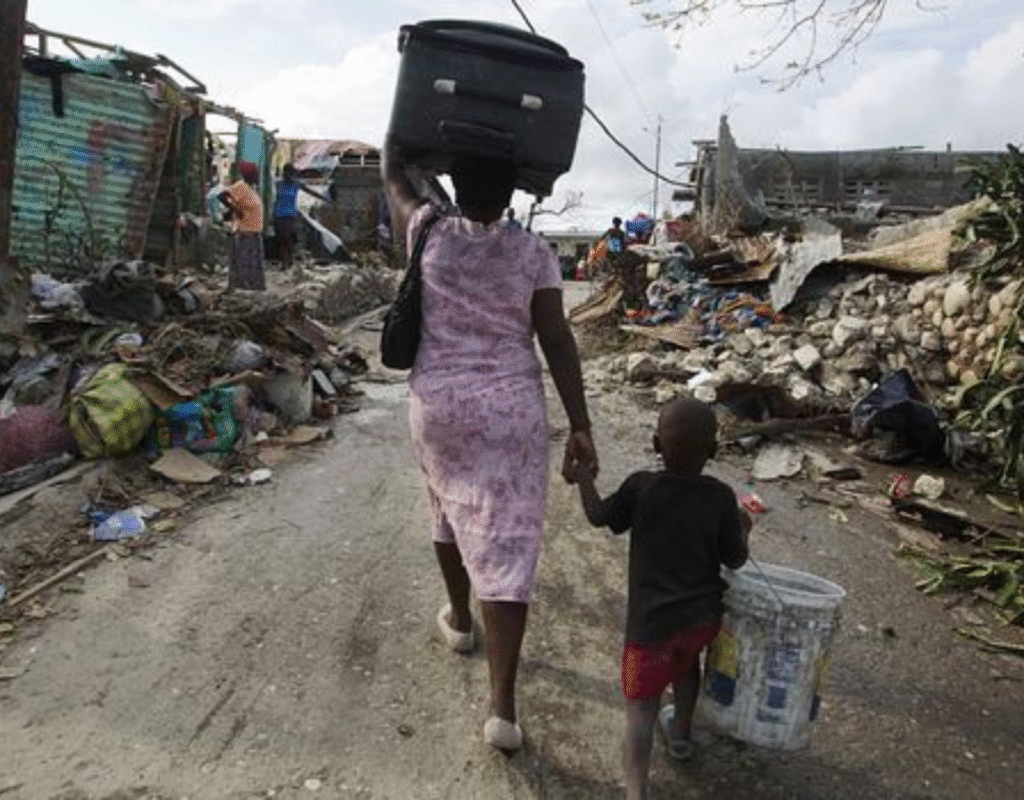As Haiti battles a worsening humanitarian crisis fueled by gang violence, displacement, and waterborne disease outbreaks, international and local NGOs are urgently expanding efforts to deliver safe sanitation in underserved and makeshift communities across the country.
According to the United Nations Office for the Coordination of Humanitarian Affairs (OCHA), over 360,000 people have been internally displaced due to violence in and around Port-au-Prince. In response, a coalition of organizations—including UNICEF, the International Organization for Migration (IOM), and local NGO SOIL (Sustainable Organic Integrated Livelihoods)—have ramped up the deployment of emergency toilet facilities and waste treatment services in camps where open defecation and water contamination pose immediate health threats.
Latrines Save Lives
UNICEF reports that it has installed more than 500 temporary latrines and 200 handwashing stations across 25 displacement sites since March 2025. The agency has also coordinated the safe disposal of over 1,100 cubic meters of fecal sludge—critical for preventing the resurgence of cholera, which has recently reemerged in the Artibonite and Ouest departments.
“These latrines may seem simple, but they are lifesaving,” said Florence Jean-Baptiste, UNICEF’s WASH (Water, Sanitation, and Hygiene) coordinator in Haiti. “Without them, families are forced to defecate in the open, putting themselves and others at serious risk of disease.”
IOM echoed the urgency in a statement marking World Toilet Day in November 2024, highlighting that over 32,000 displaced people had benefited from sanitation services, including latrine construction and desludging operations.
Innovation from the Ground Up
In Cap-Haïtien, northern Haiti, SOIL continues to expand its EkoLakay program, which provides container-based household toilets and regular waste pickup to over 20,000 urban residents. The waste is then transformed into compost, offering a model for sustainable sanitation and soil regeneration in the country’s degraded agricultural zones.
“We’ve shown that sanitation can be climate-smart, community-owned, and economically viable,” said Erika Styger, a technical advisor with SOIL. “In Haiti, people are paying to use toilets that help rebuild the land.”
Stanford University researchers, in partnership with Haitian community groups, recently completed a pilot of portable dry toilets in Cap-Haïtien’s informal settlements. Early findings suggest a reduction in open defecation by 85% and significantly lower levels of unmanaged human waste in public areas.
The Road Ahead
Despite progress, access to adequate sanitation remains far from universal. Nearly one in three Haitians lacks access to basic toilets, according to the World Bank, with rural areas especially affected. In Artibonite, a UNICEF–EU program known as Community-Led Total Sanitation (CLTS) has spurred the construction of over 5,700 household latrines by training residents to build and maintain them with local materials.
“These efforts are not just about infrastructure—they’re about dignity, health, and community resilience,” said Marie-Louise Derival, a CLTS facilitator in Saint-Michel-de-l’Attalaye.
NGOs have called for continued funding and coordination to scale up sanitation efforts, particularly as the rainy season increases the risk of water contamination and disease transmission.
“Sanitation is not a luxury. It’s a human right,” said Dr. Paul Antoine, a public health expert based in Port-au-Prince. “And in Haiti, it’s a right that must be defended with urgency and innovation.”
